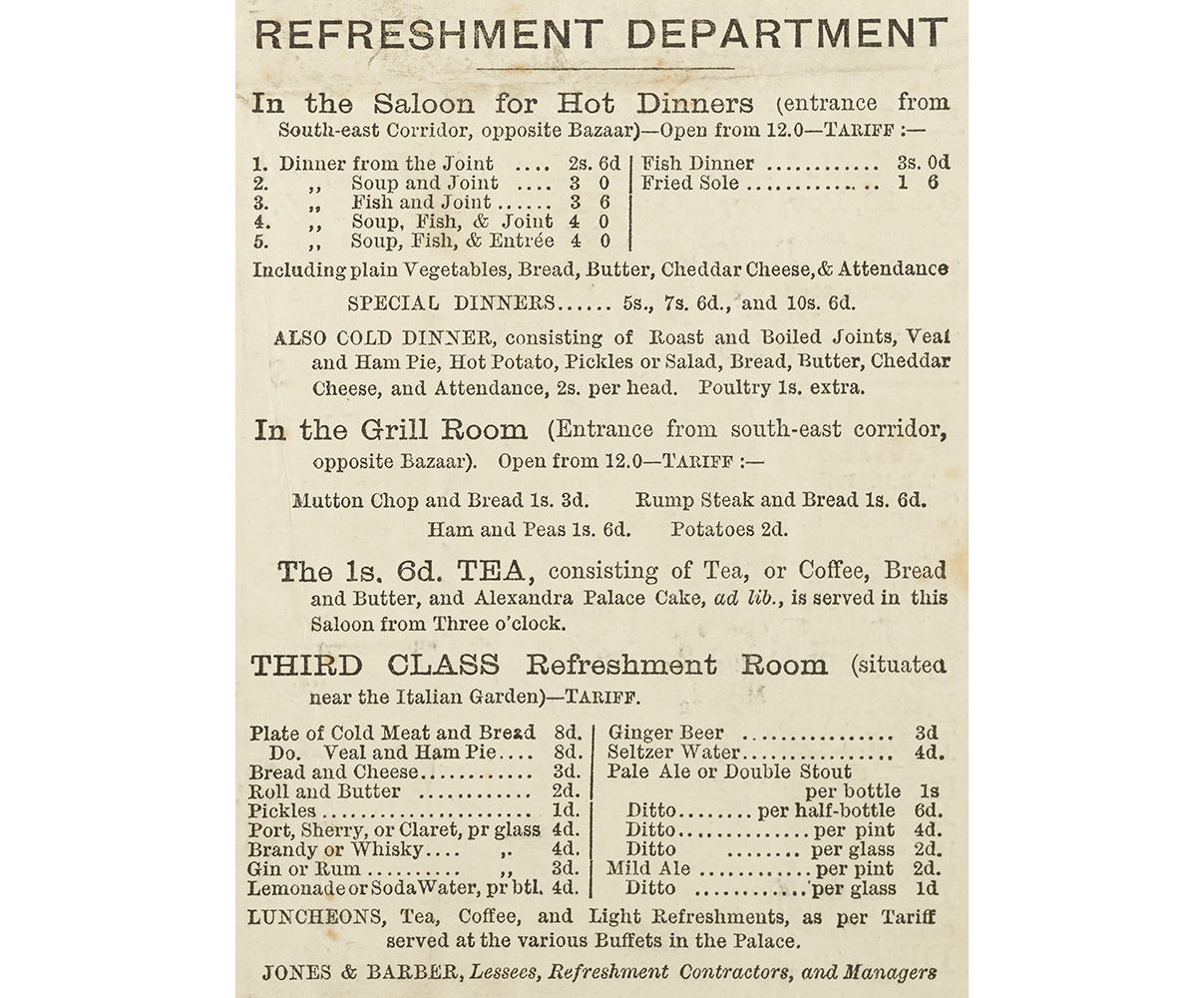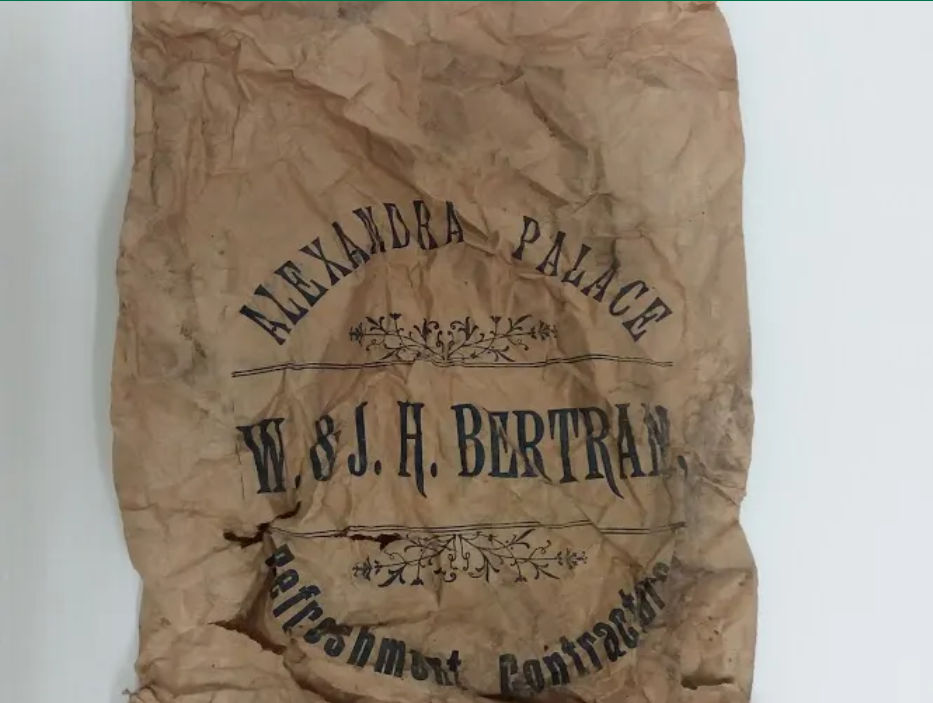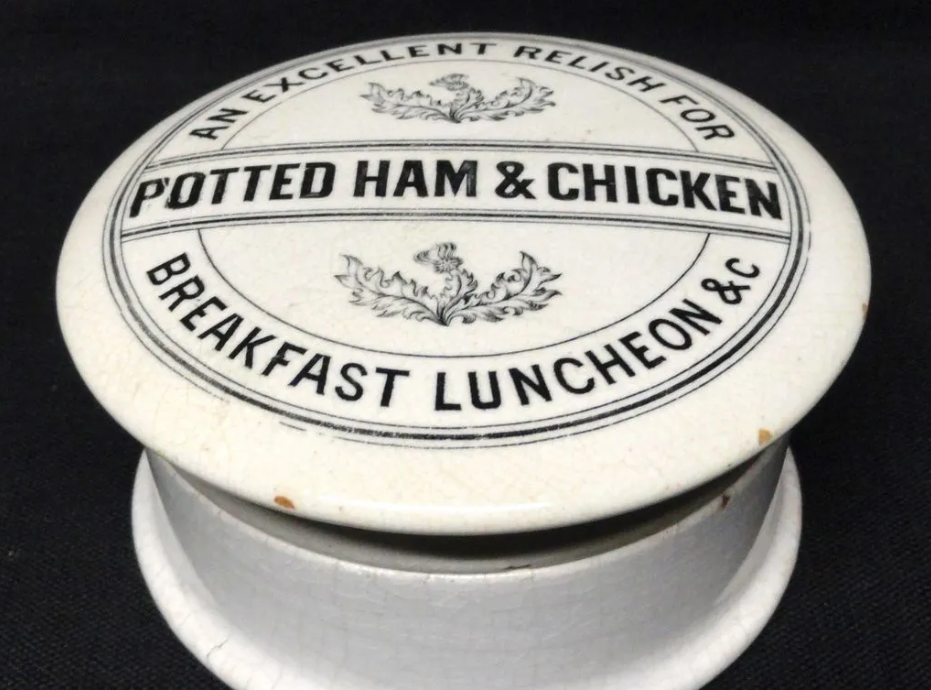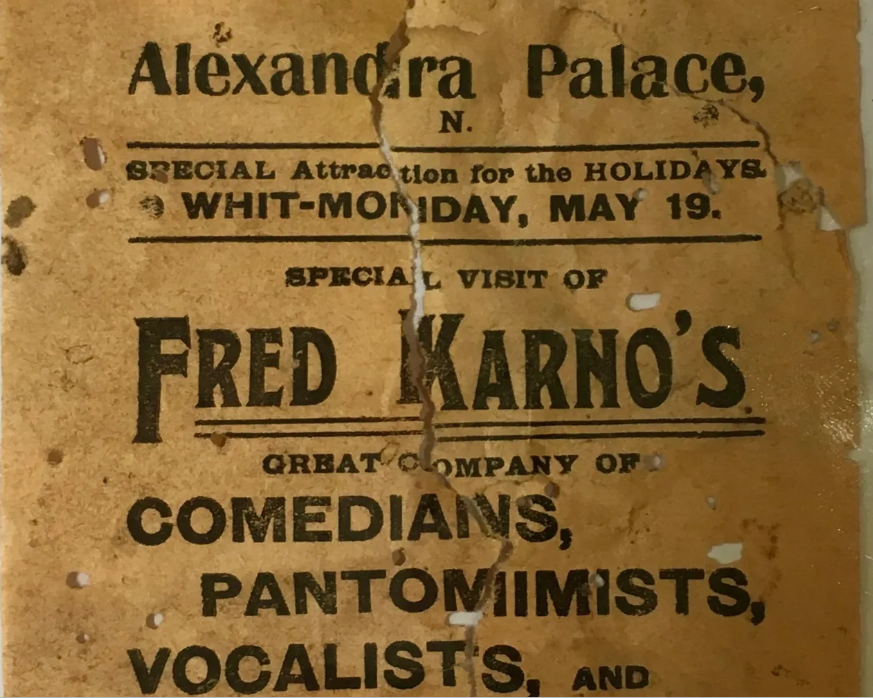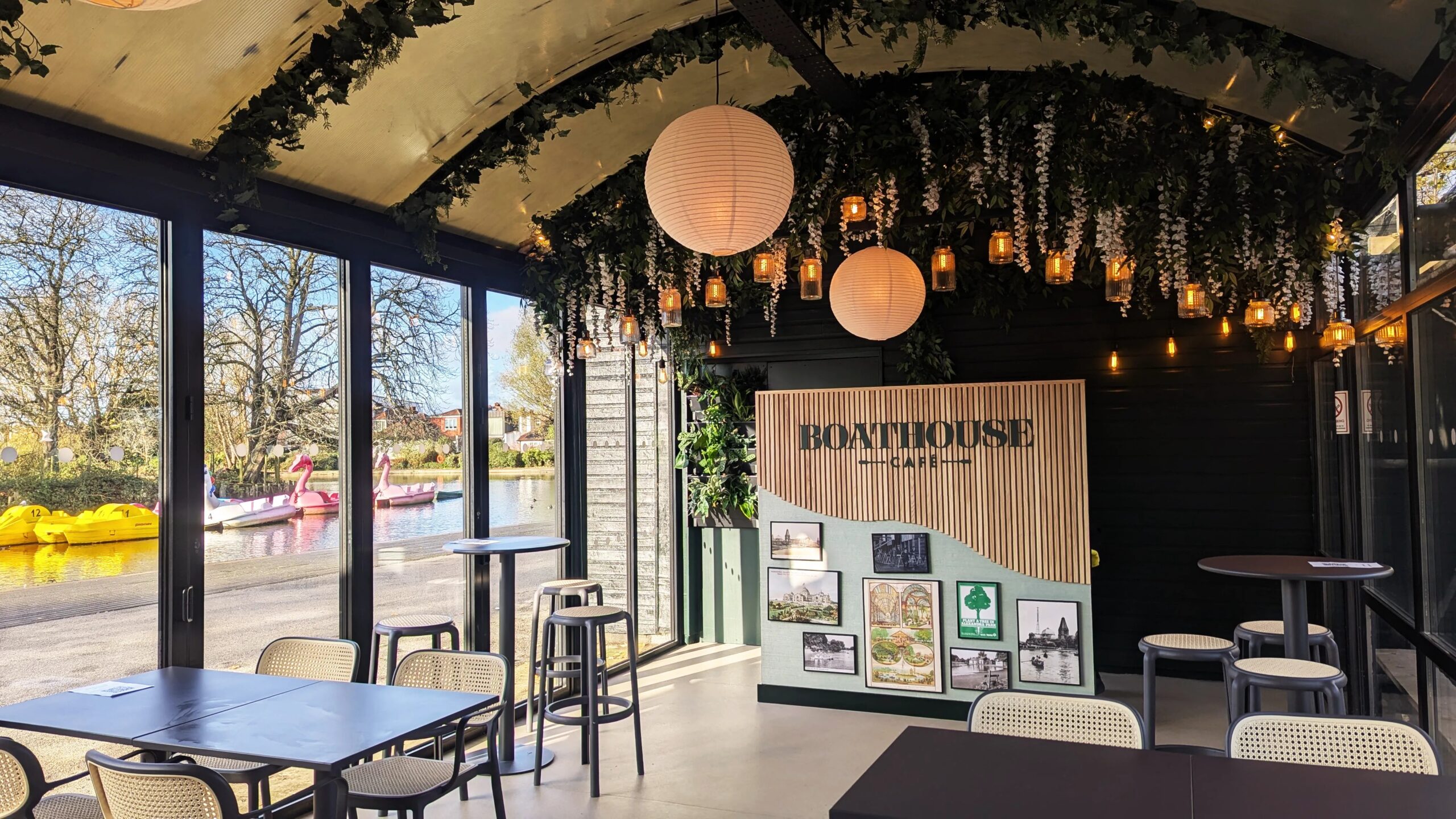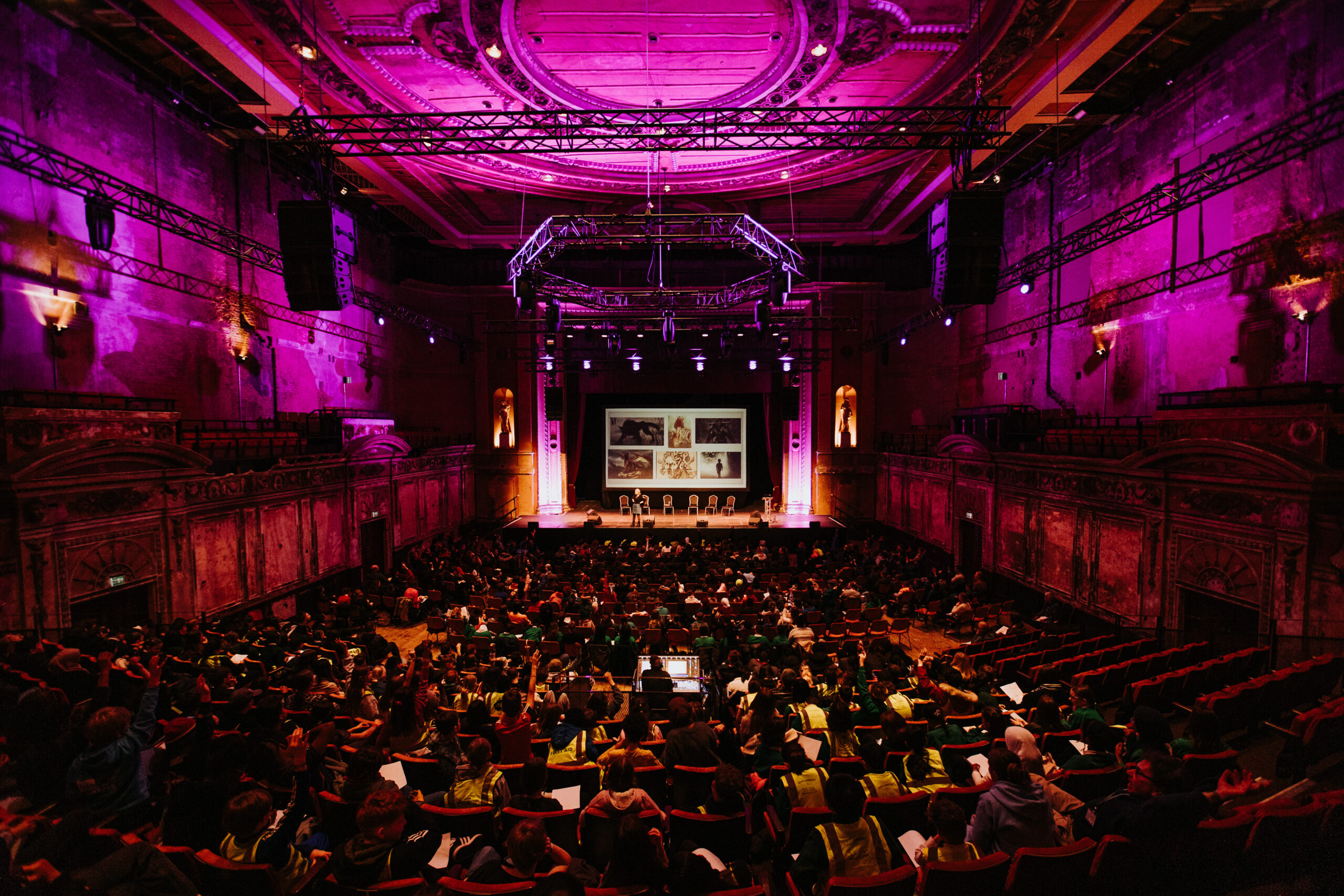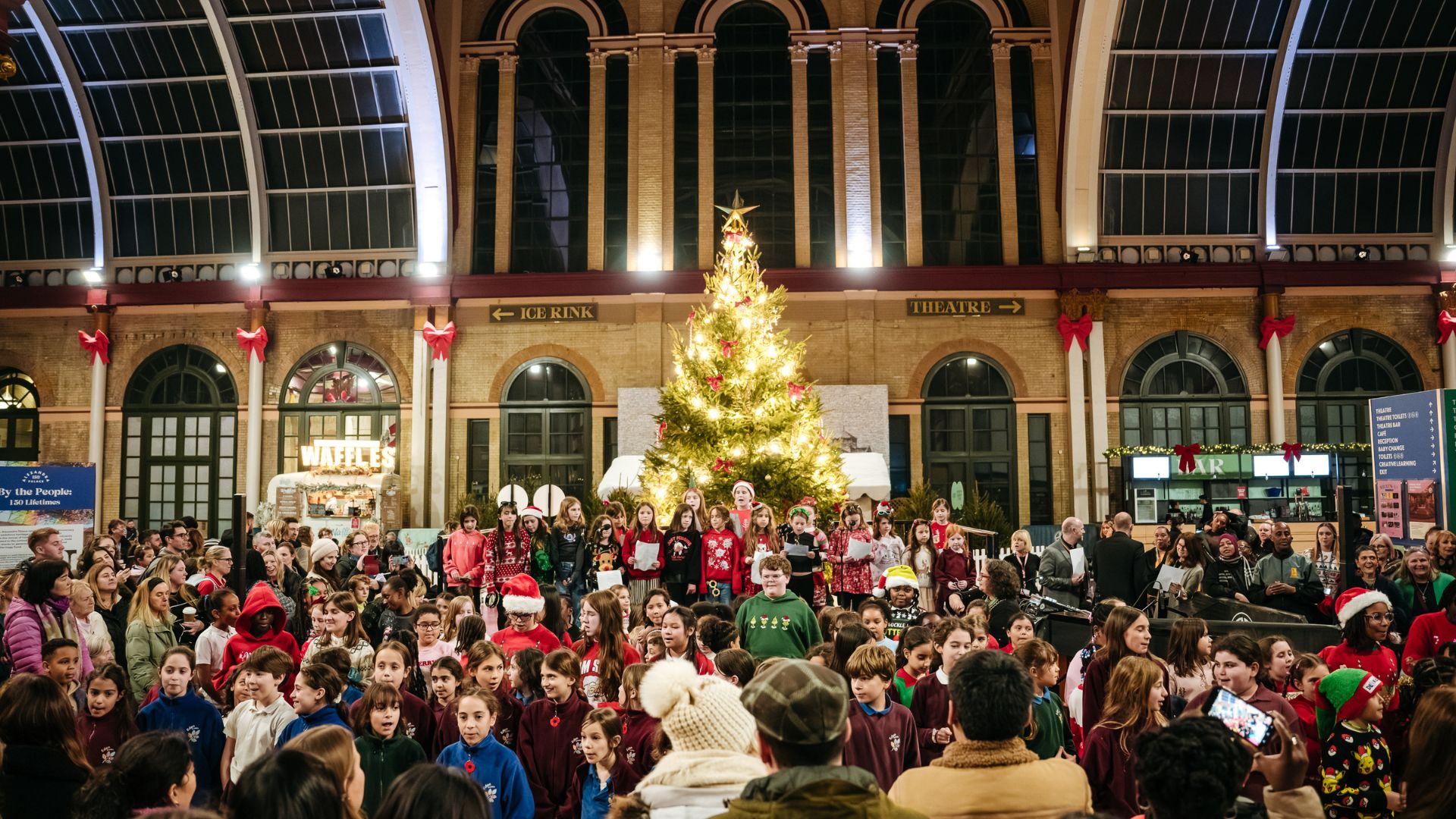From discovering an archive in a cupboard, to witches curses, alien transmitters and the person from Ally Pally history you’d most want to have dinner with…
Our Curatorial & Interpretation Manager, Kirsten Forrest, sheds some light on her role at the Park and Palace.
What drew you to your career in heritage curation, and what was your journey to the Palace? I started working in local museums in Scotland, including the Royal Museum in Edinburgh and Ivy Wu Gallery, before coming to London. Eventually, I found my way to the British Museum where I worked for 12 years before coming to the Palace at the start of our East Wing restoration project.
What were your first impressions of the Palace? When I first came up I was shown the Studios and the Theatre, and was told about the East Wing Restoration project. At that time, the Studios were completely derelict. The Theatre was just about ok to enter, but not really. In the studios, you had to pick your way down pitch-black corridors, you needed to use your mobile phone flashlight to see your way through the place. Of course, a huge amount of work went into the restoration projection, with the Theatre, new East Court and Creativity Pavilion opening in 2018.
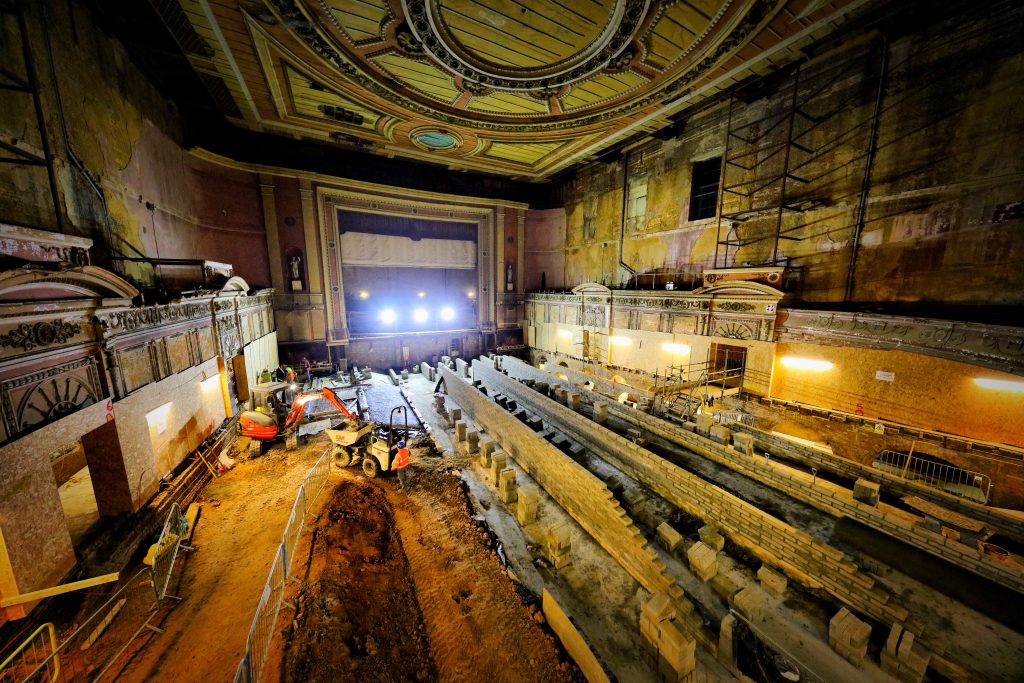
Can you tell us about the amazing discovery of archive materials during the restoration works? During the East Wing Restoration project the builders phoned and said there was this filing cabinet, these office cabinets with shutter doors, they said they’d found in a space that hadn’t been used for decades. It was semi-derelict, and I’d never been in it. They asked if I wanted them to just skip this or have a look inside. We honestly thought it was going to be a stationery cupboard, old letterheaded paper and envelopes. There was no key to open it, so we had to slash the thing open, brute force style, and discovered thousands of photographs, slides, negatives, and drawings.
It was a complete surprise because I was told that we had no collections, no archive. My task, as it was then, was to digitize and bring together digitally what was held in various other places; Bruce Castle Museum, the Alexandra Palace Television Society, Hornsey Historical Society, anyone who had any Alexandra Palace material. We were going to ask to scan all of their holdings, and that’s what we did with Google, which was a huge leap forward because we were able to scan these things at really high resolution. To discover our own collection so unexpectedly was amazing.
Can you tell us about some of the items in the archive that stand out for you? I particularly like a couple of cartoon-type paintings that were made for Cecil Madden, the first BBC television producer. They’re very personal; they’re not part of the BBC’s official archive. Discovering them was like getting an insight behind the scenes, and that’s what always excites curators and visitors, if you can see behind the curtain or behind the glass. It gave an insight into his personality, and if you look at these things in conjunction with the oral histories, you get a much better sense of the man and how exciting that start of television was.
Two things the construction teams discovered in the Theatre during its restoration were also really exciting. One was pieces of decorative plasterwork, which we think came from the original Victorian theatre where they had taken down the upper balcony and used it as infill in one of the fire escape corridors. We’ve got the original plasterwork in really good condition—you can see the floral design and quite bright colours: reds, blues, and even gold paint. The other was vials of tetanus serum buried in the brick walls of the Theatre. They’re dated 1915 and printed with instructions. I can only assume they were put into the walls to keep them cool, because 1915 would be pre-refrigeration. They’re quite an interesting bit of medical history as well.
You mentioned that curators and visitors like seeing things behind the scenes. Have you had any interactions with visitors that have been particularly memorable or interesting? So many people with BBC connections, and so many people I’ve taken on tours who have personal connections with the Palace. One of the most affecting was a member of the public from Belgium who contacted us and asked if they could see where their ancestors had been in the Palace. It was very emotional taking her into the Great Hall and having a look at where they would have slept during the First World War.
Another one, I met the former head gardener who was 101 at the time. He had lived to a ripe old age having been invalided out of the army and told he would only last six months. He was there at 101, talking to me about how working in the park had saved his life, really. That was quite special.
Which historical figure associated with the Palace would you most like to have dinner with? Samuel Franklin Cody, no doubt about it. He’s sometimes mixed up with Buffalo Bill. He was the man who made the first manned flight in the UK, and he had a Wild West show here called the Klondyke Nugget. That was how he made his money to fund his passion, which was flight. I’d love to have dinner with Sam Cody—I think that’d be great fun.
Are there any misconceptions that people have about the Palace’s history? So many! First, when I meet people, I say it never was a royal palace, that’s the first thing. People are always surprised about the BBC‘s history at the Palace. There are quite a lot of questions about the fires. There’s also the witch’s curse. Apparently, the witch living in Tottenham Wood on the site was not too pleased about being evicted and put a curse on the Palace, saying it would never thrive. Witches and ghosts and aliens—lots of theories about these things.
What upcoming projects are you most excited about? Next year is the centenary of the first public demonstration of television by John Logie Baird, so we’re planning to work with academics and historians on celebrating that.
Do you have a favourite time of year at the Palace? November is always pretty special, it’s the anniversary of the television service starting, and there are the fireworks. I really like springtime when the blossoms are out as well.
Any specific place or spot in the Palace? I really like being up on the Rose Window balcony, looking out over the view. Up the top of any of the towers, on top of the BBC Tower where the mast is, looking down, is quite special too.
The 150-plus years of the Park and Palace have provided us with amazing memories, experiences and important moments in history.
We are currently digitising thousands of photos, plans and records, researching and documenting them, so that they are secured in our archive, many of which you can see here
